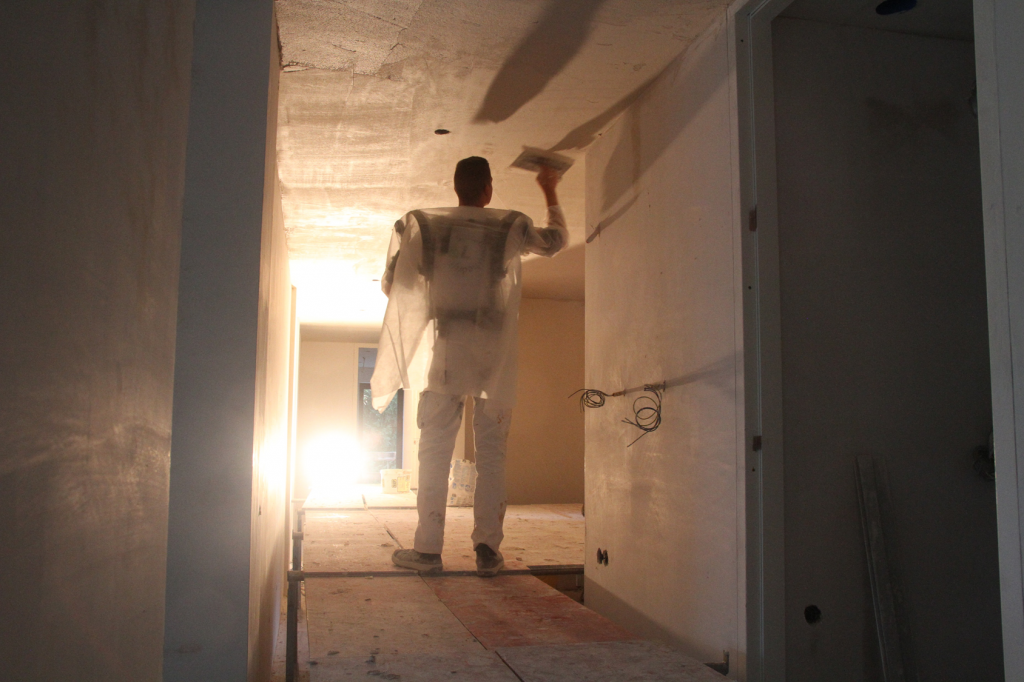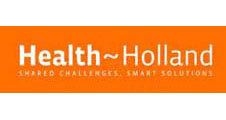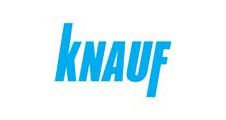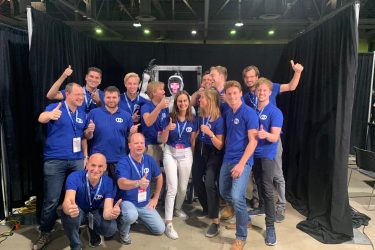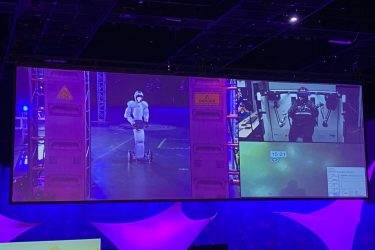The effectiveness of an arm-supporting exoskeleton in the work of plasterers
Background
Despite automation and robotization, many workers are still exposed to heavy work and associated health risks. This also holds for the construction sector, where the work cannot be fully-automated and human workers are still required. Here, exoskeletons might be of help. In this project, we focus on plasterers installers, gypsum block installers, and dry wall installers, and on back- and arm-support exoskeletons
Objective
The objective of this project is to determine the potential effects of these technologies on health risks and performance (worker’s productivity and quality), as well as the acceptance of these technologies.
Approach
Main steps in our work plan are (1) the analysis of the work, health risks and needs for support in the three types of construction work), (2) to review the current technology and define technology gaps and needs for improvement, (3) to define the effects of the technologies in field experiments, (4) to make cost-benefit analyses for the various technologies, and (5) to explore the potential for further implementation and extrapolation.
Main Outcome
An experimantal study with plasterers was perfomed. The tasks of ‘applying gypsum’, ‘screeding’ and ‘finishing’ were performed at ceiling and wall with exoskeleton (Exo) and without (NoExo). Muscle activity (EMG) was recorded for six muscles and plasterers rated their perceived exertion (RPE). In all tasks, the EMG amplitudes of three (agonist) muscles, Trapezius and Medial Deltoid, and Biceps Brachii, were lower in Exo vs NoExo, while the agonist, Anterior Deltoid, showed lower EMG values in Exo in most tasks. None of the antagonists (Triceps Brachii, Pectoralis Major) showed increased EMG values in the Exo condition. RPE’s were lower in Exo condition for all tasks, except for ‘applying gypsum to the wall’. Overall, the exoskeleton seems to reduce loads in realistic plastering tasks.
More information:
TNO-test: exoskelet leidt tot minder belasting stukadoors | TNO
